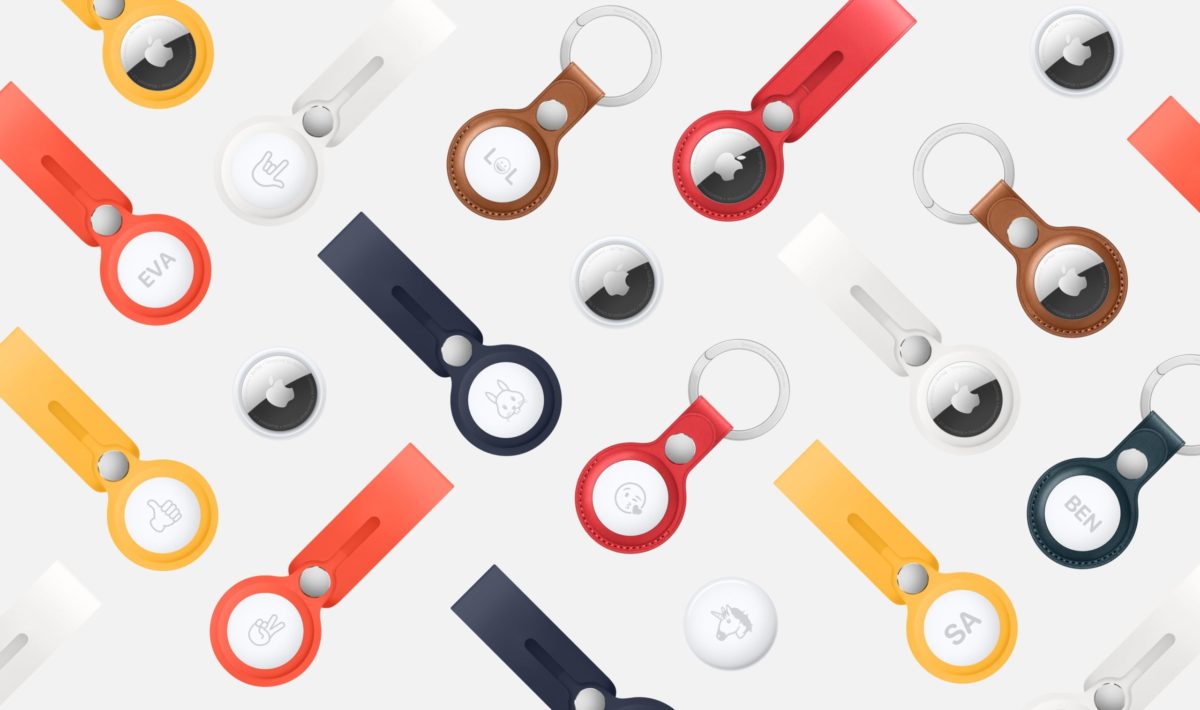You've seen the headlines and the photos, and you've heard the horror stories: Airlines seem to be losing and mishandling checked bags at record levels this summer.
For as much as airlines have struggled with delays and cancellations this summer, the situation with checked luggage might be worse. Staff shortages above and below the wing mean that bags are taking longer than ever to make it to the carousel – and that's if they make it there at all. In the U.S. and especially over in Europe, some travelers are waiting days if not weeks after their flights for their luggage to arrive.
What can travelers do to keep tabs on their bags? Enter Apple AirTags.
Launched just last spring, these sleek, coin-sized tracking devices have evolved from a neat new gadget to a must-have if you're checking bags during your travels. Sure, an AirTag inside your checked bag may not ensure your bags don't get lost. But it can give you peace of mind after dropping off your bags – or, if your bags do get lost, you can use the tracking data to help your airline pinpoint its location and get it back faster.
Read on to learn more about Apple AirTags and why they just might become your new favorite travel accessory – especially if you often check your luggage.
What are Apple AirTags?
Apple AirTags are wireless tracking devices about the size of a quarter that can be attached to just about anything that you don't want to lose: Keys, wallets, passport holders, and yes, luggage.
If you're already familiar with Tile or other Bluetooth tracking devices like Samsung SmartTags, then AirTags may seem like nothing new. But AirTags run on Apple's Find My network: the same platform that allows you to locate an iPhone, iPad, AirPods, and even your Macbook.
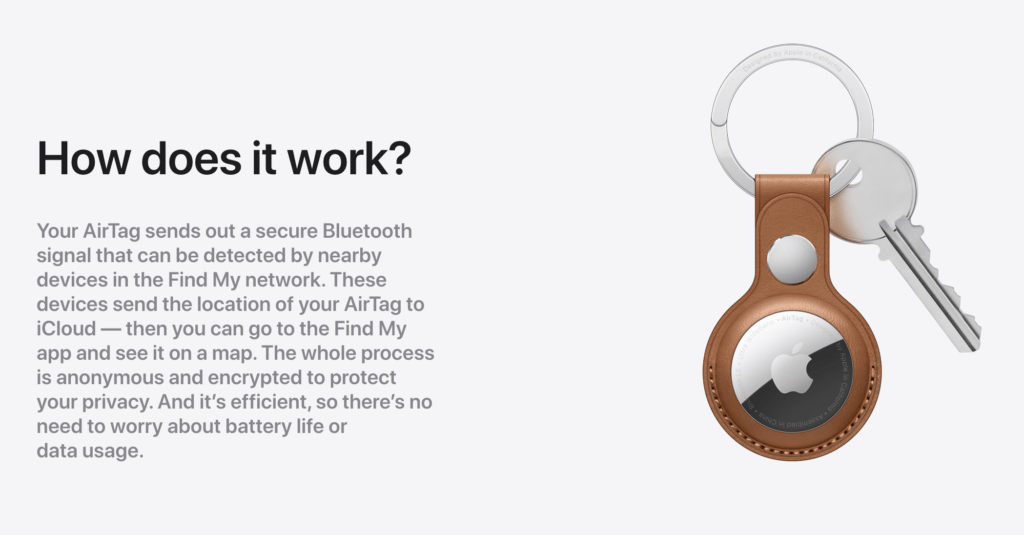
Each AirTag runs on a replaceable CR2032 watch battery, which is said to last for about a year before you need to replace it. That said, I bought a set of Apple AirTags last April, and all four batteries are still running strong. Once the battery is running low, you'll be alerted that it's time to change it on your Apple devices.
If you are within Bluetooth range, you can use the Find My app on your phone to navigate directly to your item, while playing sounds and giving you very specific directions. This is a feature that sets AirTags apart from competitors like Tile. And even once you are out of Bluetooth range, you'll still be able to track your missing device – though specific directions will not be available until you get closer.
You will need an iPhone or another Apple device capable of running the Find My feature to use AirTags. And if you want to use the precision finding functionality, you'll need to have at least an iPhone 11 or newer. The precision finding feature will not work on older devices.
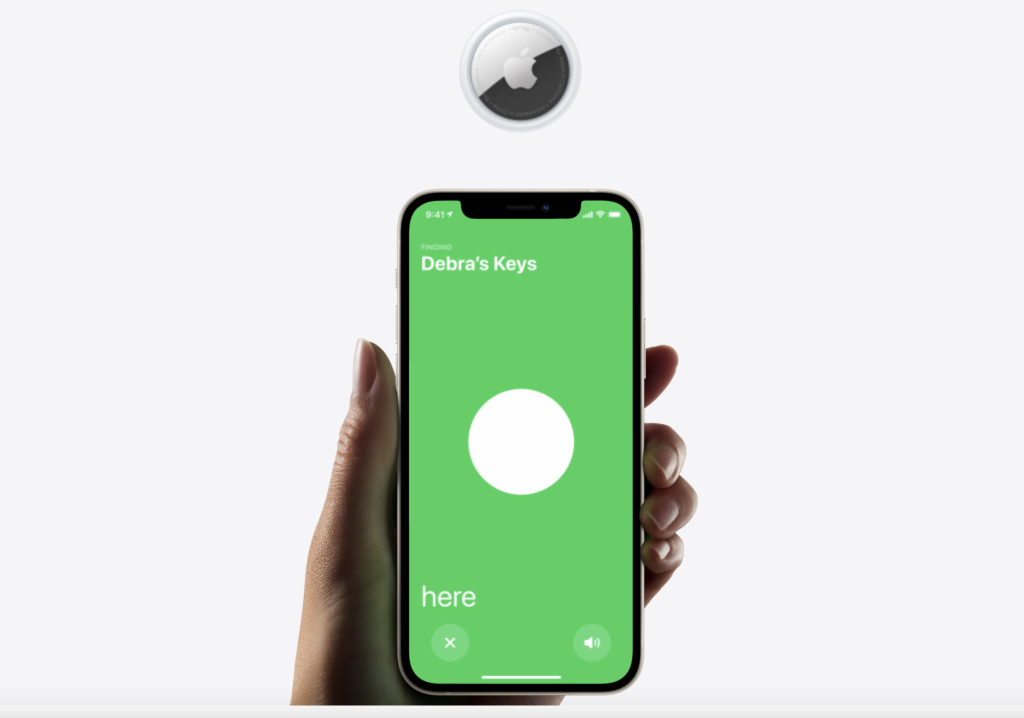
Because of how the AirTag technology works, they are a great option to attach to your backpack, wallet, keys, carry-on suitcase, checked luggage, passport, or really anything else you don't want to lose – especially a checked bag.
When checking a bag, you can pull up a map and track your bag's progress in real-time. AirTags aren't great at tracking second-by-second movements just yet, but you can at least check back to ensure your bag has made it on and off the plane?
Bag didn't make it to the carousel? Pull up the map again and you'll be able to hone in on its location. You can also put your AirTag in lost mode.
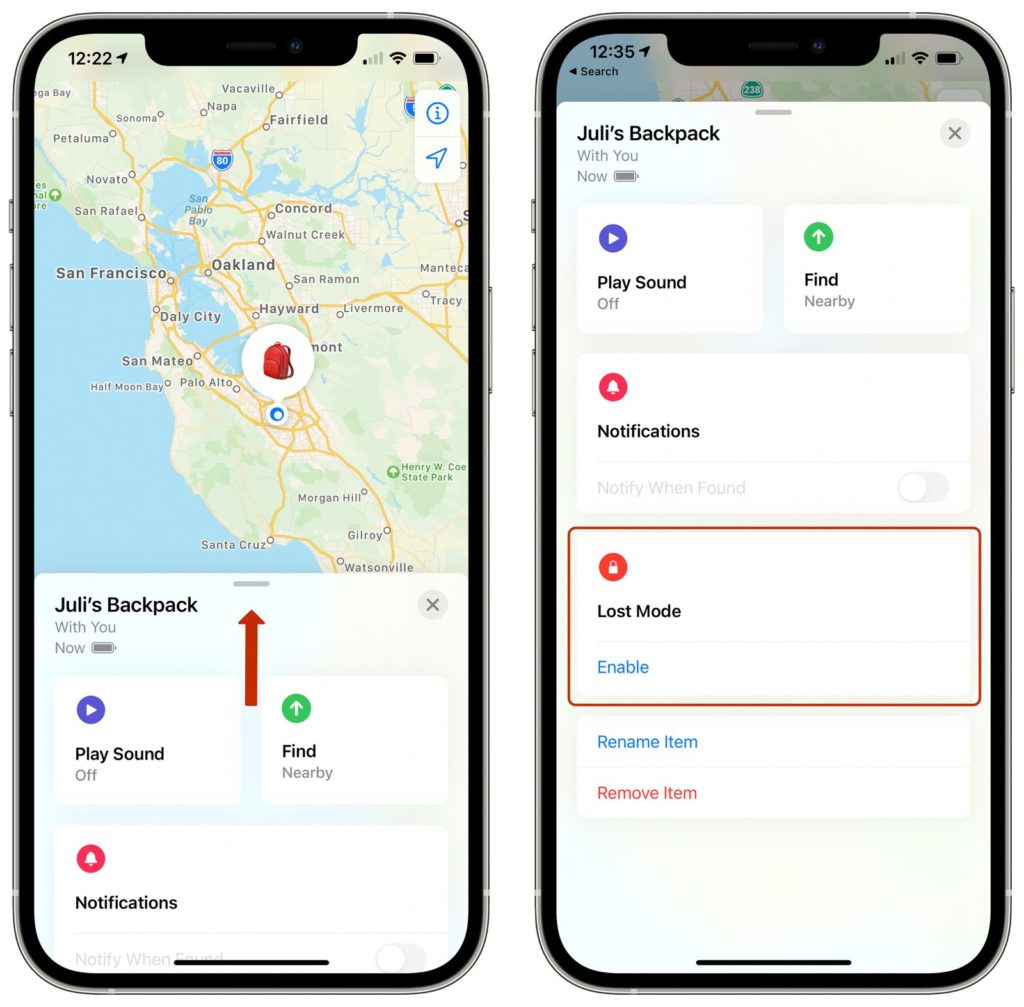
By doing so, you can enter a phone number that allows anyone who finds it to contact you. Anybody who comes across the device can bring it close to an NFC-enabled iPhone or Android smartphone, triggering a notification that links them to a website URL with your customized message and a phone number to contact you. That makes it much, much easier to get your item back.
If you lose an AirTag for good, Apple has indicated that it is completely useless for anybody who happens upon it. Apple will forever lock the device unless it is found by its original owner.
How Much Do Apple AirTags Cost?
Unlike many of Apple's products, AirTags are very affordable.
They can be purchased on their own for $29.00. Or you can purchase them in a pack of four for $99 – dropping the cost per AirTag to only $24.75. As we mentioned above, Apple AirTags run on a CR2032 watch battery that will last about one year. Those batteries are just $1.50 to $2 apiece once it's time to replace them.
And while they are available from retailers like Amazon, buying them directly from the Apple Store provides you with the option to have your AirTags engraved with your initials or an emoji of your choice free of charge.
But this is Apple. So in addition to the AirTags themselves, an entire ecosystem of accessories has developed – both from Apple and many third-party retailers – think keychain attachments and loops to put on a backpack or a suitcase.
Go figure, many of these cost more than the AirTags themselves. However, if you opt for some of the third-party accessories, you can expect to pay much less.
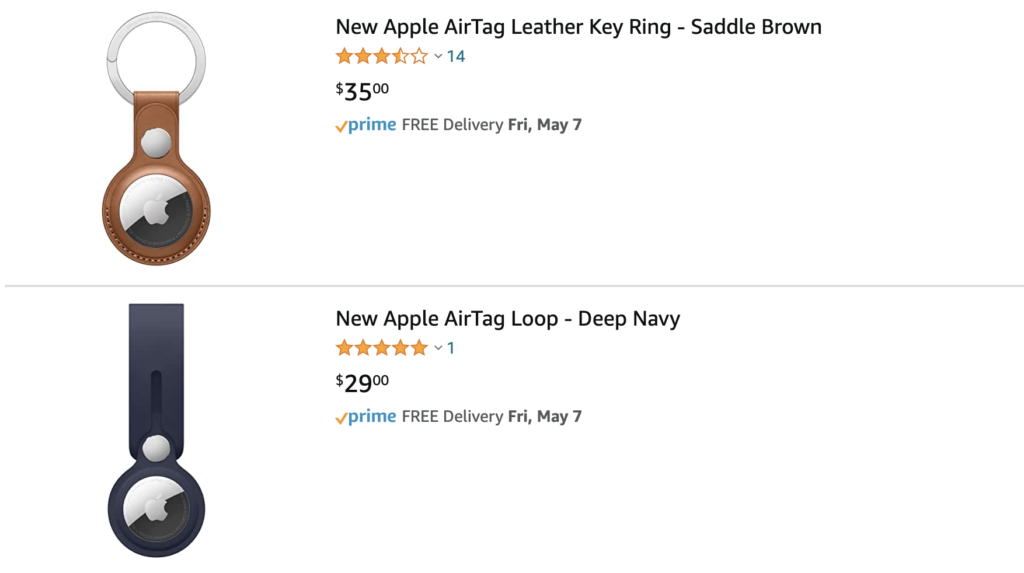
Otherwise, you should be able to simply zip an AirTag into an interior pocket inside your checked luggage – we'd recommend against putting a loop around a handle of your bag, just in case it tears off.
Are They Safe?
You have to give Apple some credit: Privacy is big. And that's no different with AirTags.
Only you can see where exactly your AirTag is and your location data and history are never stored locally on the AirTag itself. And as for your device, that location data is encrypted and will remain anonymous. That means not even Apple knows the location of your AirTag or the device (like an iPhone) that helps you find it.
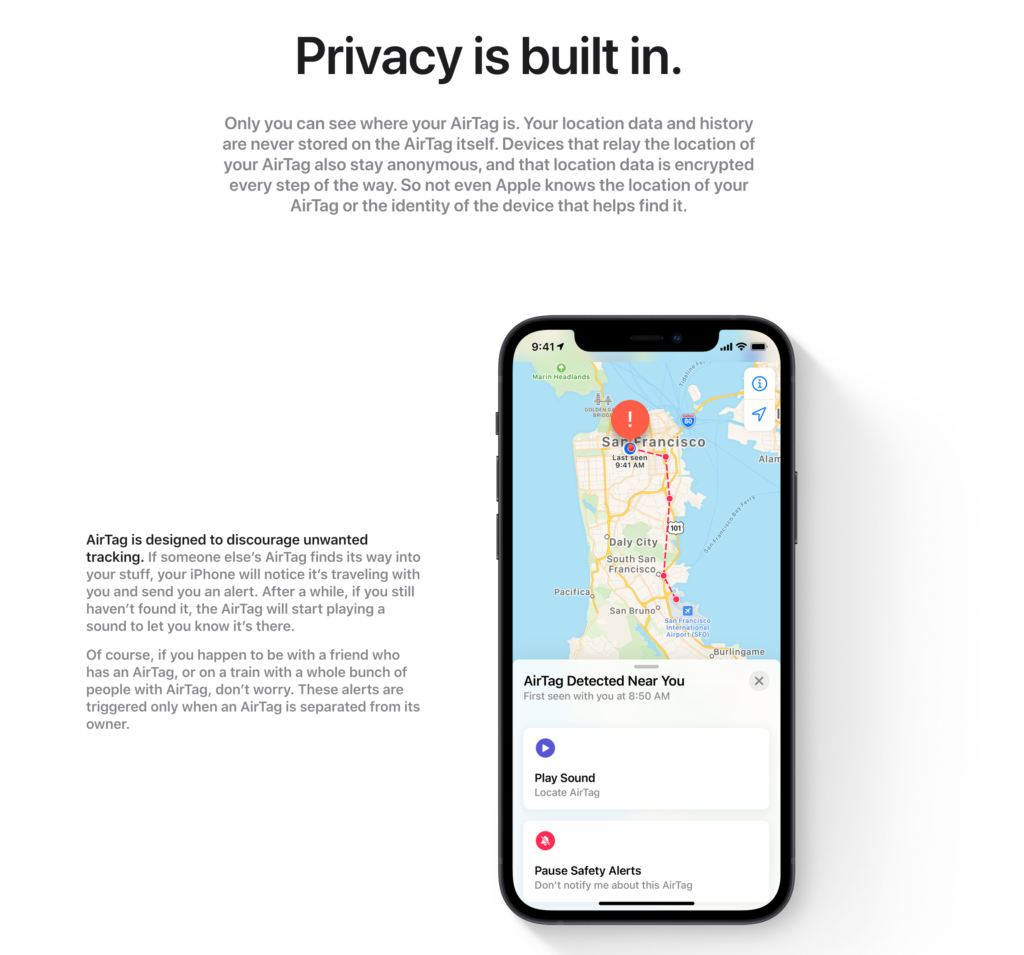
AirTags & Travel
While there will undoubtedly be hundreds, if not thousands of creative ways people will eventually use AirTags, the connection between AirTags and travel is massive.
Whether you throw one on your backpack or inside your passport holder in case you misplace either at the airport or during your travels, the possibilities are endless.
But above all, throwing an AirTag into a checked bag could add additional peace of mind during your travels – especially with all of the issues we have seen with the airlines losing luggage this summer. Having an AirTag in your bag can allow you to know the exact location of a lost bag, which can help you get it back quicker.
The AirTag isn't intended to track moving objects (think bags coming out of the checked bag carousel), but it can be immensely helpful in locating the general whereabouts of any bag you check with an airline. We hope that in a future software update, AirTags can be tracked when moving or that users can get an alert when it comes within Bluetooth range as a bag is getting closer to you at the carousel.
But for now, it should at least provide peace of mind that your checked bag did in fact make it onto your flight and is in your same general location. If not, you should be able to tell pretty quickly where your bag is.
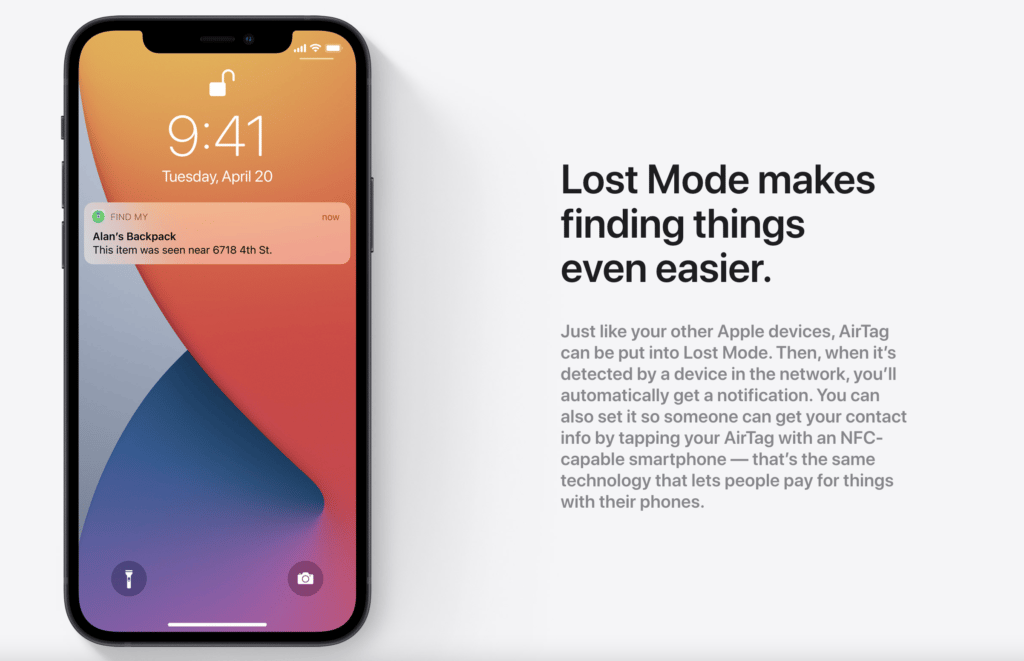
So while AirTags won't solve all of your lost luggage issues, they provide a relatively cheap and easy way to keep track of many items throughout your travels. And as this technology gets more mature, we expect the tracking capabilities will only improve.
Bottom Line
Apple's AirTags should be a welcome addition to your travel kit as they can help you keep tabs on the whereabouts of your most important items – especially your luggage. Single AirTags can be purchased for $29 each, but they are also available in a four-pack for $99 ($24.75 each). I have been using these for a little over a year, and they are quite impressive.
Lead photo courtesy of Apple

